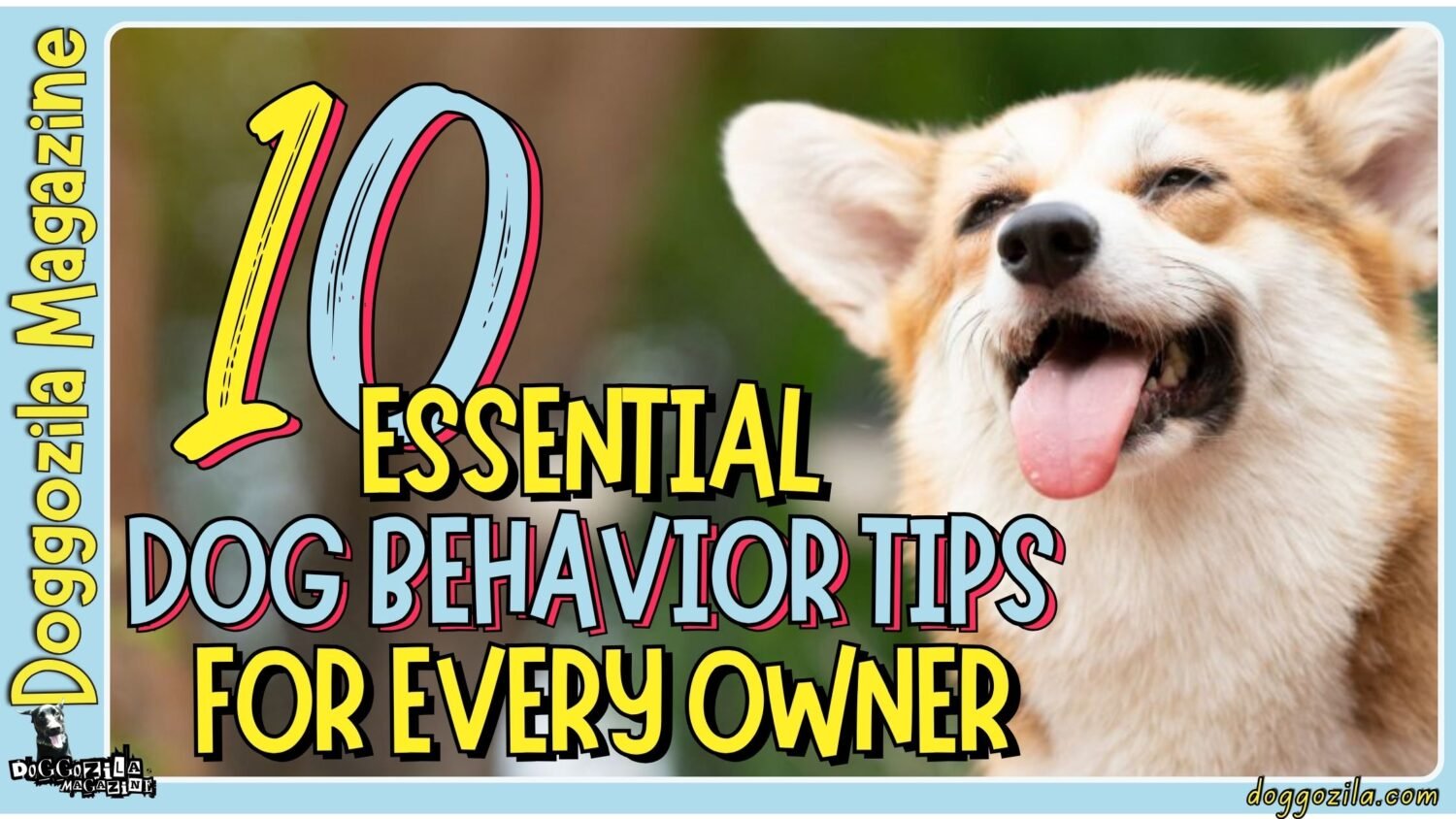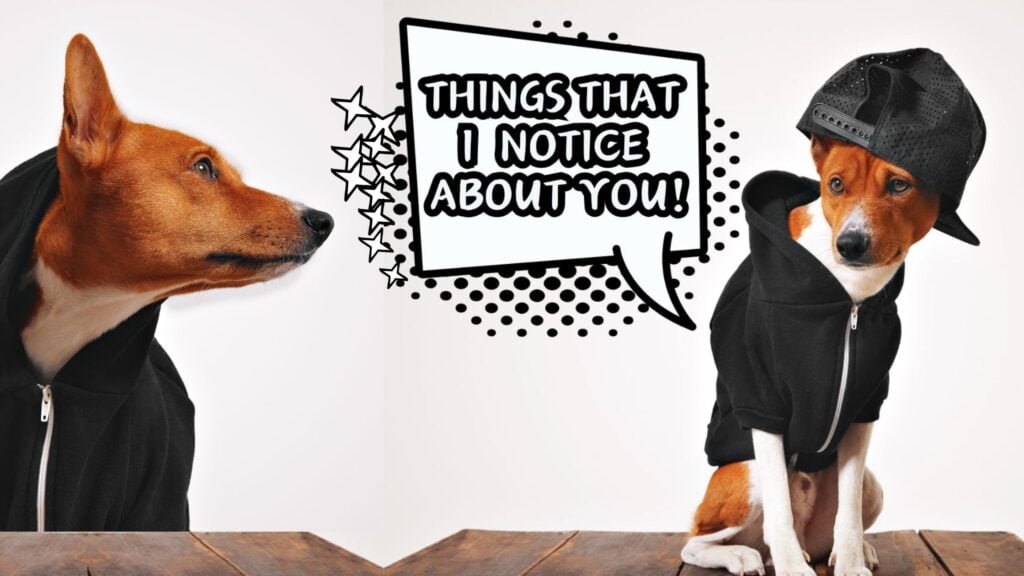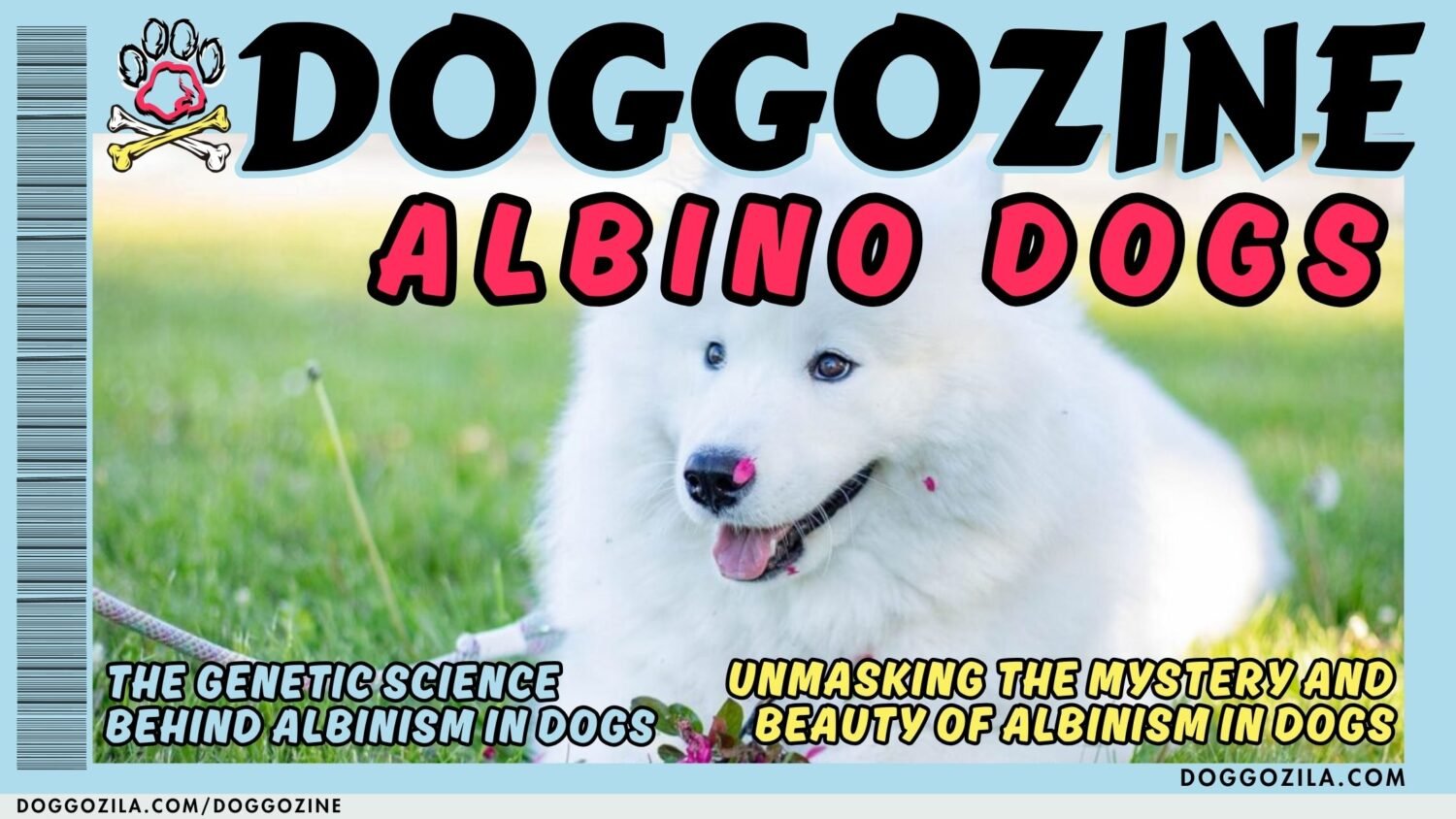Hey fellow dog devotees! Today we are coming at you with pure excitement about one of the most transformative tools in the dog training universe: the humble clicker. Forget complicated jargon or harsh methods, we’re diving into the vibrant, effective world of clicker training for dogs.
Imagine unlocking a secret code of communication with your best furry friend, turning learning into a joyful treasure hunt filled with “aha!” moments and wagging tails. Whether you’re wrestling with a wild puppy, coaching a cautious rescue, or just wanting to teach your old dog some spectacular new tricks, this is your trailhead.
Ready for an epic dog adventure? Grab your clicker, some irresistible treats, and let’s jump in the topic!
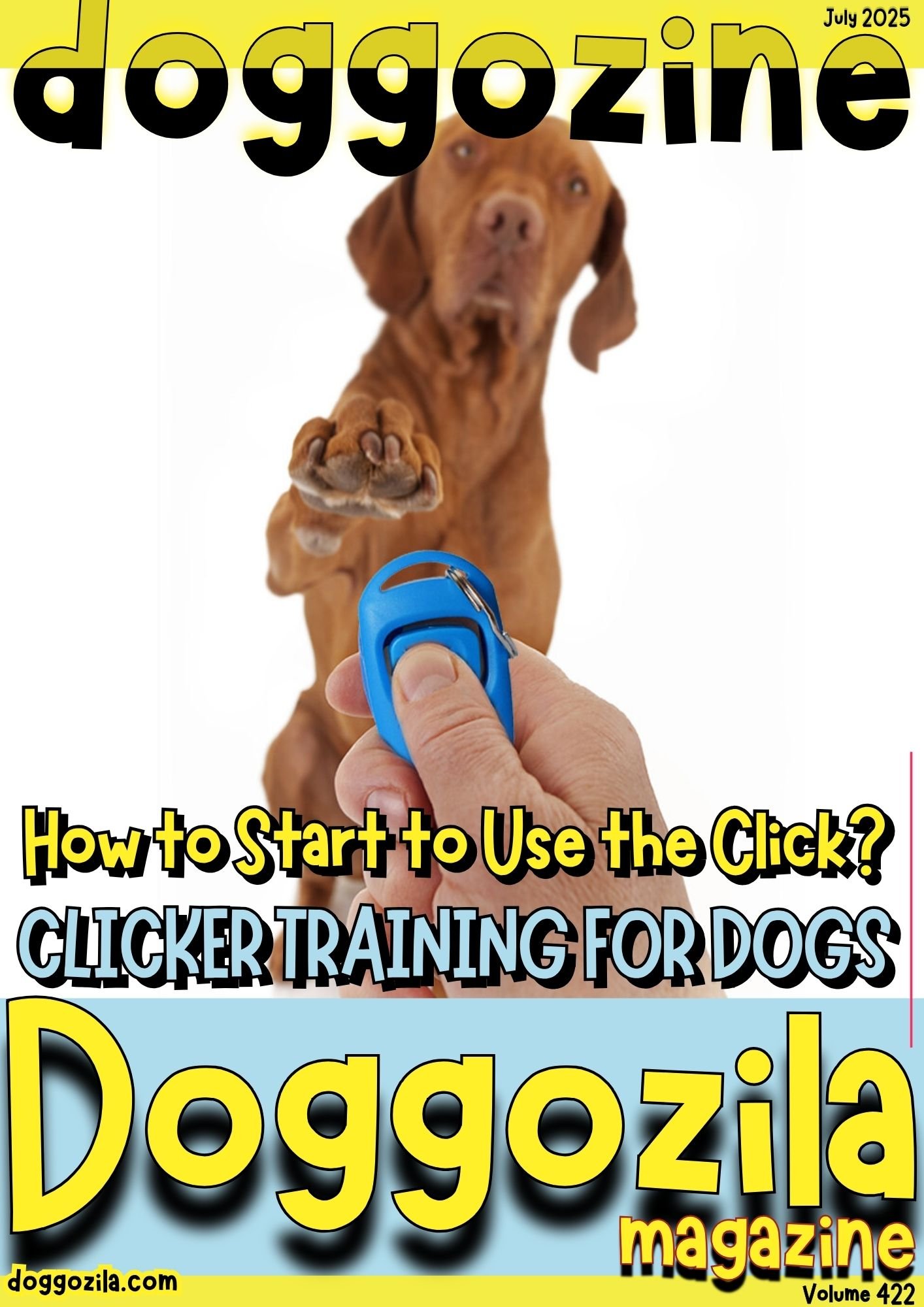
WHAT EXACTLY IS CLICKER TRAINING FOR DOGS AND WHY DOES IT FEEL LIKE PURE MAGIC?
Let’s cut through the confusion: clicker training for dogs isn’t some mystical ritual, it’s brilliantly simple science turned into an engaging game. Think of the clicker as a tiny, precise camera shutter that captures the exact instant your dog does something you love – maybe their bum hits the floor for a ‘sit‘, or they glance at you instead of that tempting squirrel. That sharp “click!” sound becomes a powerful marker, a universal “YES! THAT RIGHT THERE!” that bridges the gap between the behavior and the delicious reward heading their way. It works because it’s faster and clearer than our voices can ever be, cutting through distraction with pinpoint accuracy.
The magic truly happens when your dog realizes they control the clicks through their actions, transforming training from a chore into an empowering puzzle they want to solve. Witnessing that lightbulb moment where your pup figures out the connection is pure, unadulterated doggy joy – and honestly, it’s addictive for us humans too!
The Fascinating Science Behind Why Clicker Training for Dogs Works So Well: It’s All in the Timing!
Studies rooted in operant conditioning (think B.F. Skinner) show that animals learn best when the consequence (reward) follows the desired behavior immediately. Our voices, laden with emotion and variable tones, just can’t match the split-second precision and unwavering consistency of a mechanical click.
This precise “mark” triggers a surge of feel-good dopamine in your dog’s brain, powerfully reinforcing exactly what they did at that millisecond. Ever wonder why clicker training for dogs often yields faster, more enthusiastic results than other methods? It boils down to neuroscience and exquisite timing.
Research, like that conducted by the University of North Texas comparing marker-based training to voice-only praise, consistently shows dogs learn new behaviors significantly quicker and retain them better with a distinct marker signal. Think of it as giving your dog an ultra-clear GPS coordinate for “success,” making the learning path incredibly efficient and stress-free.
The click cuts through the noise, literally and figuratively, creating a direct line to their understanding that bypasses any potential confusion from our human vocal fluctuations. It’s not about dominance; it’s about clear, positive communication that respects your dog’s intelligence and ability to learn.
Busting Common Myths: Why Clicker Training for Dogs Isn’t Just for Competition Pooches or Puppies?
Let’s tackle the big misconceptions head-on because I’ve heard them all! “Oh, that clicker stuff is only for fancy obedience dogs,” or “My old dog can’t learn new tricks,” or the classic, “Isn’t it just bribery?” Absolutely not! Clicker training for dogs is a universally powerful tool adaptable for every dog and almost any situation.
That shy senior rescue needing confidence? Clicker. The boisterous adolescent Lab who thinks jumping is a greeting? Clicker. Teaching complex service tasks? Yep, clicker. It’s incredibly versatile, working wonders for basic manners, solving tricky behavior problems like leash reactivity or excessive barking, teaching fun tricks, and even helping fearful dogs overcome anxieties.
Case in point: shelters worldwide use clicker training for dogs to help stressed residents learn to offer calm behaviors, making them more adoptable. It’s not bribery, it’s fair communication and reward for effort, building a willing partnership based on trust and mutual understanding, not force or intimidation. Age, breed, or background is no barrier – brains love to learn!
The Core Principle: Charging Up the Clicker – Building Your Dog’s Currency
Before you ask for any behaviors, you need to make the clicker sound incredibly valuable to your dog. This is called “charging” or “loading” the clicker, and it’s your essential first expedition! Find a quiet spot, grab your clicker and a stash of high-value treats (think small bits of chicken, cheese, or hot dog – kibble usually won’t cut it for this!). Simply click the device once, then immediately give your dog a treat. Repeat. Click… treat. Click… treat. Do this 15-20 times in short, snappy sessions.
Watch your dog closely, you’ll likely see their ears perk up or eyes brighten as they make the connection: “That funny sound always predicts something yummy!” You’re not asking for anything yet, you’re purely building the value of the sound itself. Think of it like depositing money into your training bank account. This foundational step is crucial for the success of clicker training for dogs – it ensures the click has meaning and instantly grabs their attention, setting the stage for smooth communication.
The Certified Professional Dog Trainer Jamie said that his dog Rex caught on in about 10 clicks; he started practically vibrating with anticipation! If your dog seems startled by the sound initially, try muffling it slightly in your pocket or pairing it with a happy “Yes!” at first. Consistency and immediacy (treat right after the click) are key!
🔑 Key Points: Clicker training uses a distinct “click” sound to mark the exact moment a dog performs a desired behavior, bridging the gap between action and reward. It’s faster and more precise than verbal praise, making learning efficient and fun.
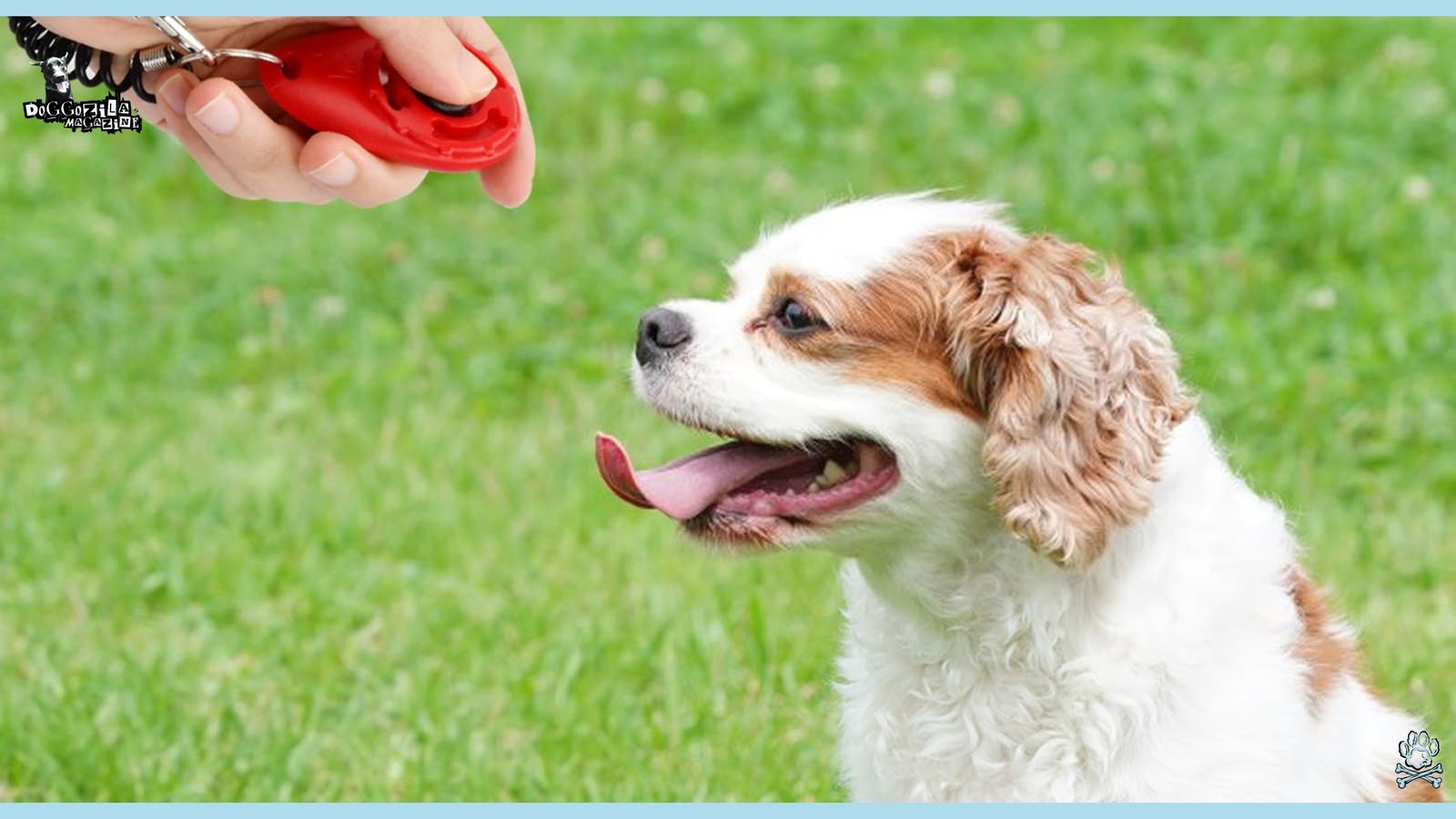
GATHERING YOUR EXPEDITION GEAR: WHAT YOU NEED TO GET STARTED WITH CLICKER TRAINING FOR DOGS?
You don’t need a mountain of expensive equipment to start your clicker training for dogs adventure! The essentials are refreshingly simple: a clicker (obviously!), a reliable supply of truly enticing, small, soft treats (high-value rewards are non-negotiable, especially early on), a treat pouch or easy-access pocket, a pinch of patience, and a dash of enthusiasm. Clickers are inexpensive and widely available – pet stores, online, even some grocery stores carry them. Choose one that feels comfortable in your hand and produces a clear, consistent sound you can reliably operate. Treat pouches that clip onto your waistband are game-changers for keeping rewards handy and your hands free.
Your mindset matters too: approach sessions with calm energy and focus. Find a low-distraction environment to begin – your living room is perfect. Remember, the goal is clarity and fun for both ends of the leash! Leave the fancy gadgets for later, as mastering the fundamentals is what unlocks real progress.
Choosing Your Perfect Clicker: From Classic Boxes to Techy Options
Walk into any pet supply aisle, and you might be surprised by the clicker variety! The most common is the classic box clicker, it is small, affordable, and makes a distinctive, sharp “click” sound when you press the metal plate. These are tried-and-true and my personal recommendation for beginners due to their reliability.
If your dog is particularly sound-sensitive, look for softer-click options like the “i-Click” which has a gentler tone. For tech enthusiasts, there are even smartphone apps that simulate a clicker sound, though ensure your phone volume is always consistent and readily accessible (and beware of notifications interrupting!). Some high-tech clickers connect via Bluetooth to training apps that track progress.
However, never feel pressured by fancy gear, the absolute best clicker is the one you will use consistently and can operate swiftly. The magic lies in your timing and application, not the device itself. The previously mentioned Jamie as a Certified Professional Dog Trainer said that his dog Rex learned his first dozen tricks with a $1.99 box clicker that survived being drooled on and occasionally mistaken for a chew toy!
The Treat Treasure Trove: Selecting Irresistible Reinforcements for Clicker Training for Dogs
This is critical: clicker training for dogs relies heavily on positive reinforcement, meaning the “click” must always be followed by something your dog genuinely finds rewarding. While praise and play can be rewards later, especially for toy-motivated dogs, food treats are typically the most effective, precise, and easiest to deliver quickly during the initial learning phases.
“High-value” means something special your dog loves and doesn’t get every day – think small bits of boiled chicken, cheese, freeze-dried liver, hot dog pieces, or commercial training treats bursting with real meat. Kibble often lacks the motivational punch needed, especially with distractions present.
The treats need to be pea-sized or smaller so your dog can eat them quickly without getting full or distracted. Variety is your friend to prevent boredom! Rotate 2-3 high-value options to keep your dog guessing and excited. Have these readily accessible in your treat pouch before you start a session. Remember, the click marks the behavior, but the treat is the paycheck that makes it all worthwhile for your furry employee!
Setting the Stage for Success: Creating the Ideal Learning Environment
Just like you wouldn’t try to study for a final exam in a noisy nightclub, setting up the right environment is crucial for initial clicker training for dogs sessions. Choose a quiet, familiar room in your house with minimal distractions – no other pets, kids running around, or the TV blaring. Turn off your phone notifications.
Keep sessions incredibly short and sweet, especially at first – think 2 to 5 minutes maximum, ending on a high note while your dog is still eager. This prevents frustration (for both of you!) and keeps learning fun. Have your clicker ready in one hand and treats easily accessible in the other (or in a pouch).
Get your dog’s attention briefly, but don’t worry if they seem a little distracted initially during the charging phase. The goal is to minimize competing stimuli so your dog can focus entirely on the connection between the click and the treat. As your dog masters basics and gains confidence, you can gradually introduce more distractions, turning your living room success into real-world reliability. Think of it as building a strong foundation before adding the fancy upper floors!
🔑 Key Points: Rooted in operant conditioning, the immediate click triggers a dopamine release in a dog’s brain, reinforcing the behavior at the millisecond it happens. Studies show dogs learn faster with a marker (like a click) than with voice alone.
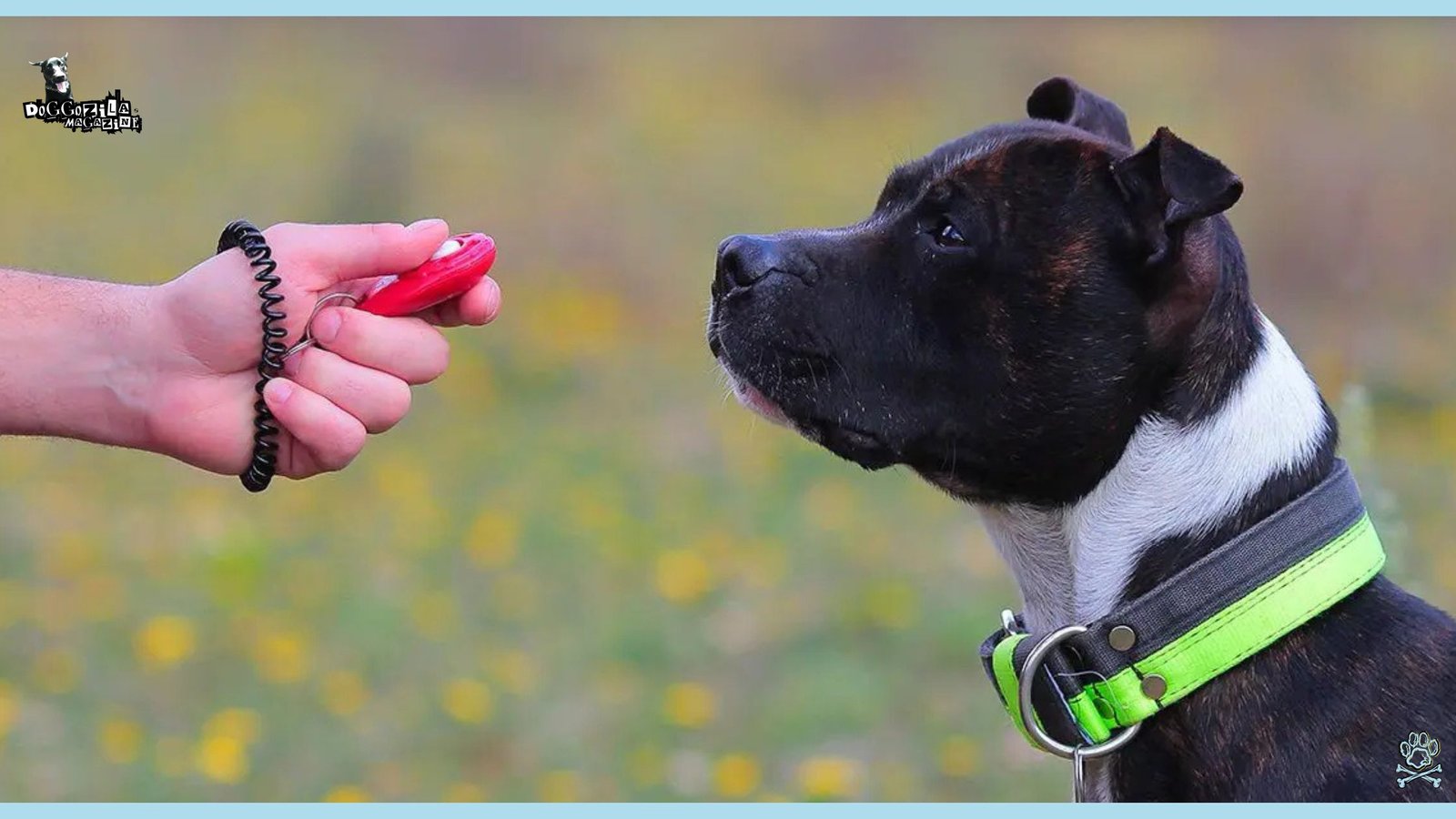
FIRST STEPS ON THE TRAIL: HOW TO INTRODUCE THE CLICKER AND CAPTURE THOSE FIRST WINS?
Now that your clicker is charged and your treats are primed, it’s time for the real fun to begin! Resist the urge to jump straight into complex commands. The beauty of clicker training for dogs lies in starting simple and letting your dog discover the game. Begin by “capturing” naturally occurring behaviors. Is your dog calmly sitting? CLICK! then treat. Do they look up at you? CLICK! treat. Lying down? CLICK! treat. You’re not luring or prompting; you’re simply observing and marking/rewarding desirable actions the moment they happen. This teaches your dog that offering these behaviors makes good things happen! Keep these initial sessions playful and short.
Watch for that spark of understanding in their eyes – the moment they realize their actions trigger the click and the reward. This empowerment is the heart of clicker training for dogs and builds incredible enthusiasm for learning. Jamie as a Certified Professional Dog Trainer said that his dog Rex’s first captured behavior was a simple head turn, and the look on his face when he realized he made the click happen was priceless!
Mastering the “Sit”: Your Foundational Clicker Training for Dogs Milestone
“Sit” is often the first formal behavior taught because it’s relatively easy for most dogs and incredibly useful.
Here’s how to shape it with the clicker: Hold a small, smelly treat near your dog’s nose. Slowly move your hand up and slightly back over their head. As their nose follows the treat, their bottom will naturally lower towards the floor. The instant their rear touches the ground, CLICK!
Then deliver the treat while they are still sitting. If they jump up, simply reset and try again with slower hand movement. After several repetitions, your dog will start anticipating and sitting faster.
Once they reliably follow the lure into a sit, start adding the verbal cue as they begin the motion: “Sit!” Click and treat when they complete it.
Gradually fade the lure by making the hand motion smaller until just the verbal cue or a hand signal prompts the sit. Remember, clicker training for dogs marks the exact moment of success – timing that click for the butt hitting the floor is crucial! Celebrate each win!
Building a Rock-Solid Recall: Clicker Training for Dogs to the Rescue!
A reliable “Come!” or “Here!” is potentially life-saving and transforms walks from stressful to sublime. Clicker training for dogs is phenomenal for building this critical skill because it allows you to mark the instant your dog decides to turn towards you, even from a distance.
Start easy: in a quiet room, say your cue (“Say your dog’s name and then, Come!“) in a bright, happy voice. The moment your dog takes even one step towards you, CLICK! then shower with treats and praise when they arrive.
Make coming to you the best party ever! Gradually increase distance and introduce mild distractions indoors. When moving outside, always use a long-line leash (15-30ft) for safety in unfenced areas. Practice in your yard before hitting the park. Click for check-ins (when they glance at you voluntarily) during walks.
Crucially, clicker training for dogs relies on making recall rewarding every single time initially and never try to call them for something unpleasant like a bath or nail trim. A study in Applied Animal Behaviour Science reinforced that dogs trained with positive markers like clicks showed significantly faster and more reliable recall responses. Make coming to you feel like winning the jackpot!
Troubleshooting Early Hurdles: What If My Dog Doesn’t Seem to “Get” Clicker Training for Dogs?
Don’t panic if things aren’t instantly perfect!
Here are common early snags and solutions:
- Dog is scared of the click sound: Go back to the charging phase but muffle the clicker (in your pocket, under your shirt). Pair the muffled click with super high-value treats and super happy talk. Gradually expose them to the full sound over multiple short sessions.
- Dog ignores the click/isn’t interested: Your treats likely aren’t motivating enough. Upgrade! Try real meat or cheese. Also, ensure you’re clicking then treating immediately. Check if your dog is simply too full – train before meals.
- Dog gets overly excited/jumpy: Keep sessions shorter (under 2 minutes). Click and treat only for calmer moments like four paws on the floor. Work on capturing calmness specifically.
- My timing feels off: Practice without your dog! Click when your partner drops a pen, or when a commercial ends on TV. It takes practice. Be patient with yourself.
- Dog offers too many behaviors at once: This is normal early on! They are experimenting to see what works. Simply ignore the behaviors you don’t want and only click the one you are currently focusing on (e.g., the ‘sit‘). Consistency is key. Remember, clicker training for dogs is a skill for both of you; give yourselves grace to learn together!
🔑 Key Points: Contrary to myths, clicker training is versatile: effective for shy rescues, rowdy adolescents, senior dogs, and even behavior issues like leash reactivity or fear. Shelters use it to build calmness in stressed dogs.
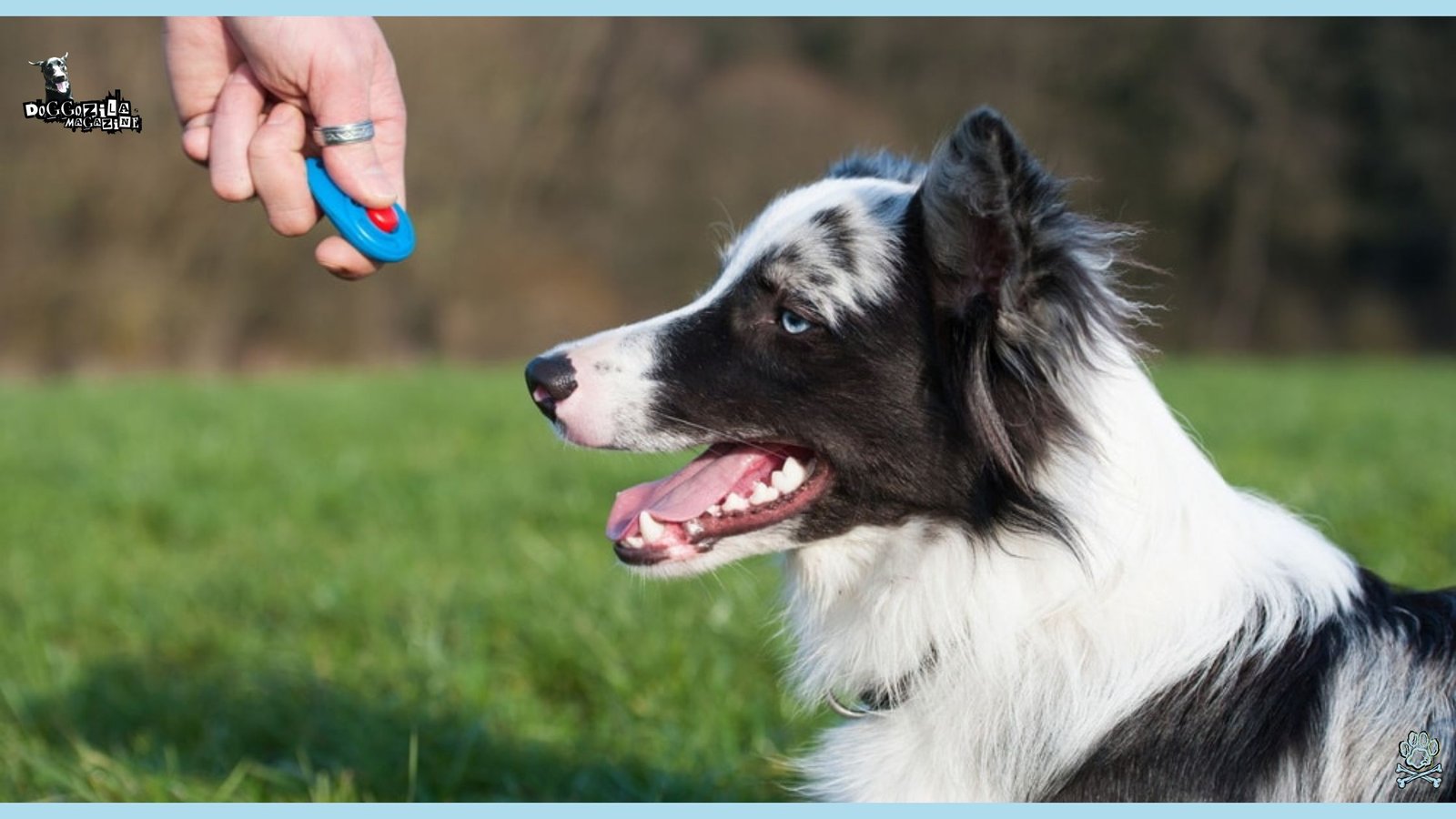
LEVELING UP YOUR ADVENTURE: SOLVING PROBLEMS AND TEACHING COOL TRICKS WITH CLICKER TRAINING FOR DOGS
Once you and your dog are clicking along smoothly with the basics, a whole universe of possibilities opens up! Clicker training for dogs truly shines when tackling common behavior challenges or teaching impressive tricks. That frustrating jumping greeting? Click and treat the instant all four paws are on the floor. Counter-surfing scavenger? Click and reward when they turn away from the counter or touch their nose to a mat instead. Leash pulling? Click for moments of slack leash or when they glance back at you. The precision of the click allows you to capture and reward tiny steps towards the desired behavior, making complex changes manageable.
For tricks, the sky’s the limit: spin, shake, play dead, fetch specific toys, even turn off lights! Break complex tricks down into small, achievable steps (shaping), clicking and rewarding each incremental progression. Clicker training for dogs empowers your dog to think and problem-solve, building incredible confidence along the way. Seeing a once-shy dog offer a tentative paw for a “high five” after careful shaping is pure magic.
Curbing the Jumping Greeting: A Clicker Training for Dogs Case Study
Take the example of the neighbor’s exuberant Golden Retriever, Sunny, who thought every human arrival required a full-body launch.
We used clicker training for dogs strategically:
First, they practiced with calm family members entering. The instant Sunny’s paws left the ground, all attention vanished (arms folded, no eye contact). The millisecond all four paws touched the floor – CLICK! followed by calm praise and a treat delivered at nose level to encourage staying down.
They also taught an incompatible behavior: “Go to your mat” when the doorbell rang, clicking and heavily rewarding for staying on the mat as people entered. Consistency from everyone was vital. Within a few weeks, Sunny was greeting guests with a wiggly butt firmly planted on his mat, earning his clicks and treats for calmness. It transformed chaos into peaceful hellos!
Shaping Complex Tricks: From Simple Sit to Spectacular Spin
Let’s break down teaching a fun trick like “Spin” (turn in a circle):
- Capture the Head Turn: With your dog standing, hold a treat near their nose and slowly move it sideways just enough to make them turn their head. CLICK! the head turn, treat.
- Increase the Turn: Gradually move the treat further around, clicking and treating for progressively larger head/neck turns.
- First Foot Movement: Wait for the moment they shift a foot to follow the treat further. CLICK! treat.
- A Quarter Turn: Lure them partway around (90 degrees). CLICK! treat when they complete that segment.
- Half Turn (180 degrees): Continue luring further. CLICK! treat for reaching halfway.
- Full Circle: Lure them all the way around. CLICK! and JACKPOT (multiple treats) for the full spin!
- Add the Cue: Once they reliably follow the lure into a spin, start saying “Spin!” just before you start the hand motion.
- Fade the Lure: Gradually make the hand motion smaller and less obvious until just the verbal cue or a small finger twirl prompts the spin.
- Practice and Generalize: Practice in different locations. Click and reward for speed or enthusiasm! Clicker training for dogs excels at breaking down complex actions into learnable chunks, making trick training accessible and fun.
Using Clicker Training for Dogs to Build Confidence in Shy or Fearful Pups
This is where clicker training for dogs truly becomes transformative. For anxious or fearful dogs, the clicker provides a safe, predictable way to explore the world and gain confidence.
Start by clicking and treating for any tiny sign of bravery: looking calmly at a mild trigger (from a safe distance), taking a tentative step towards something new, or even just relaxing their body. The key is keeping the exposure below their fear threshold – the point where they feel safe enough to learn.
For example, with a dog scared of strangers: Start by clicking/treating for looking at a person 50 feet away. Gradually decrease the distance only as the dog remains comfortable, clicking for calm behavior. Never force interaction. Shaping calm choices empowers them.
Renowned behaviorists like Patricia McConnell emphasize how marker training builds optimism in fearful dogs by allowing them to control positive outcomes. It’s a slow, patient journey, but witnessing a once-terrified dog learn to navigate the world with growing confidence is incredibly rewarding.
🔑 Key Points: Before training behaviors, pair the click sound with high-value treats (15–20 repetitions) to teach your dog that the click predicts rewards. This builds the foundation for all future training.
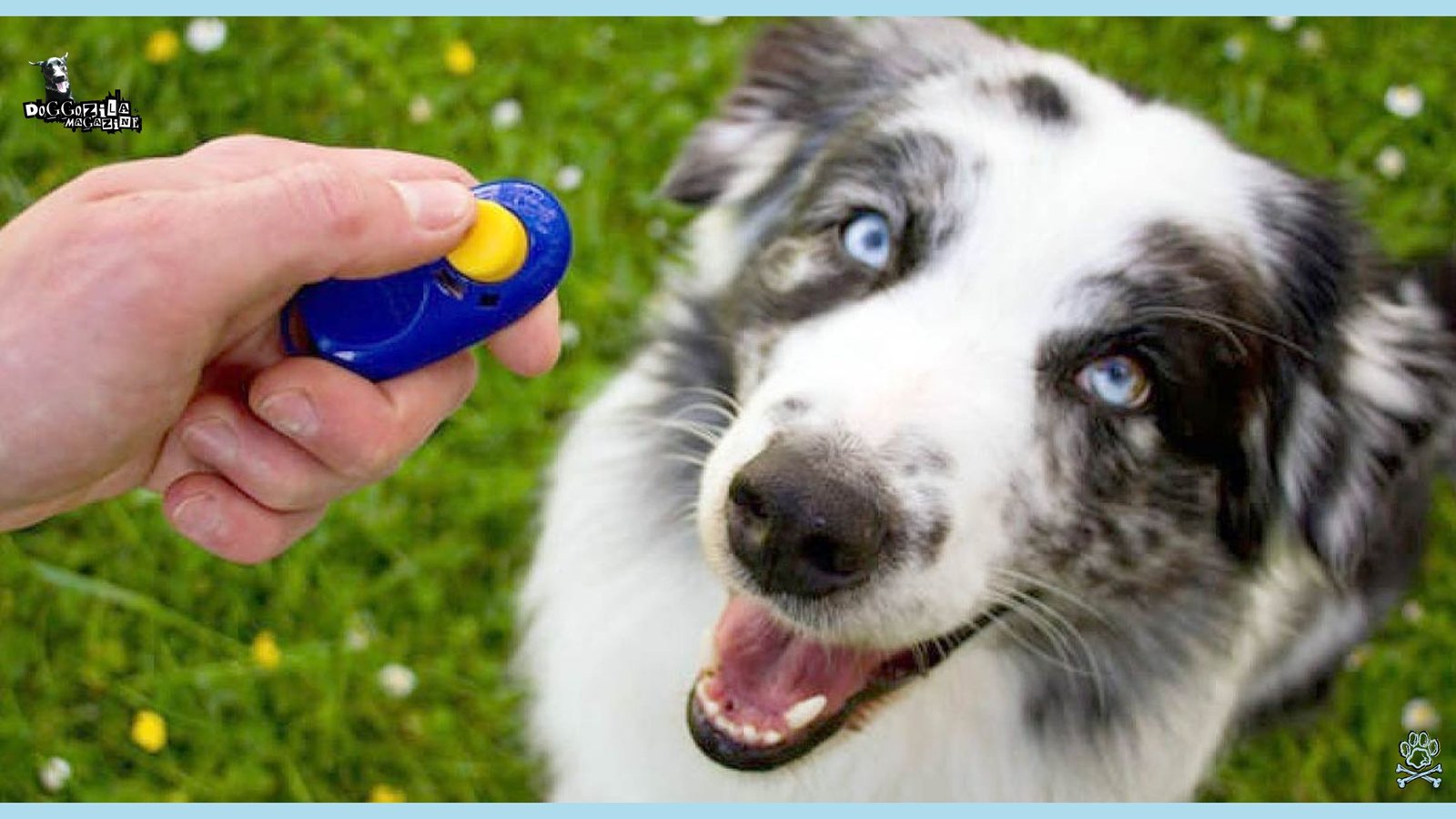
NAVIGATING ROUGH TERRAIN: PRO TIPS AND TROUBLESHOOTING ABOUT YOUR CLICKER TRAINING FOR DOGS JOURNEY
Even the smoothest trails have bumps! Don’t get discouraged if you hit plateaus or encounter challenges in your clicker training for dogs adventure. If your dog seems bored, spice up your rewards – try a new high-value treat, incorporate a favorite toy for a quick game of tug after a click, or use life rewards like opening the door for a walk. If distractions are overwhelming, dial back the difficulty – practice in an easier environment. Keep sessions short and end on success.
Pay close attention to your dog’s body language, look if they seem stressed or shut down, stop immediately and reassess. Sometimes the problem is our timing or clarity so, record a short session on your phone to review! Most importantly, maintain patience and a sense of humor. Training isn’t linear, celebrate the small breakthroughs!
Reviving Stalled Progress: When Motivation Dips in Clicker Training for Dogs
It happens! Your dog was super keen, and now seems indifferent.
Here’s how to reignite the spark:
- Treat Upgrade: Are you still using the same old treats? Time for a major upgrade! Try something truly novel and smelly – fish, tripe, fresh meat.
- Value Check: Is the click still reliably predicting a reward? Ensure you never click without treating. Double-check your treat delivery speed.
- Lower Criteria: Are you asking for too much too soon? Go back to an easier step where your dog can succeed easily and get rewarded. Rebuild momentum.
- Shorter, More Playful Sessions: Keep it under 3 minutes. End while your dog is still eager for more. Incorporate play breaks.
- Try a Different Behavior: If “sit” is boring them, switch to capturing “down” or teaching a fun new trick like “touch” (booping your hand with their nose).
- Environmental Check: Is the training area suddenly too distracting? Move to a quieter spot. Has something stressful happened recently? Give them space.
- Health Check: If the lack of interest is sudden and unusual, consider a vet visit to rule out pain or illness. Consistent application of clicker training for dogs principles usually solves motivation slumps!
Taking Clicker Training for Dogs on the Road: Proofing for the Real World
The ultimate goal is reliability amidst life’s chaos! “Proofing” means practicing behaviors in increasingly distracting environments until they become rock-solid.
Start small: practice your “sit” or “watch me” in a different room. Then, move to your backyard. Next, try a quiet corner of a park (on-leash!). Click and reward heavily for success in these new places.
Gradually add distractions: have a family member walk by at a distance, toss a toy gently nearby (but don’t let them get it yet!), or practice near a calm dog friend. Use the clicker to mark focus amidst the chaos. If your dog fails, don’t scold; simply move further away from the distraction and try again at an easier level.
Jackpot rewards (a big handful of treats) for big successes in tough situations! This gradual exposure, consistently marked with the clicker, teaches your dog that the rules apply everywhere.
Jamie the Certified Professional Dog Trainer said that his dog Rex’s recall was proofed over months, starting in their kitchen and eventually working up to calling him off a squirrel chase (on a long line!) in the woods. Each successful recall was marked with an ecstatic click and his favorite cheese. Clicker training for dogs builds real-world reliability through patience and positive reinforcement.
🔑 Key Points: You only need a clicker, small high-value treats (like chicken or cheese), a treat pouch, and a low-distraction environment. Avoid overcomplicating—focus on consistency and enthusiasm.
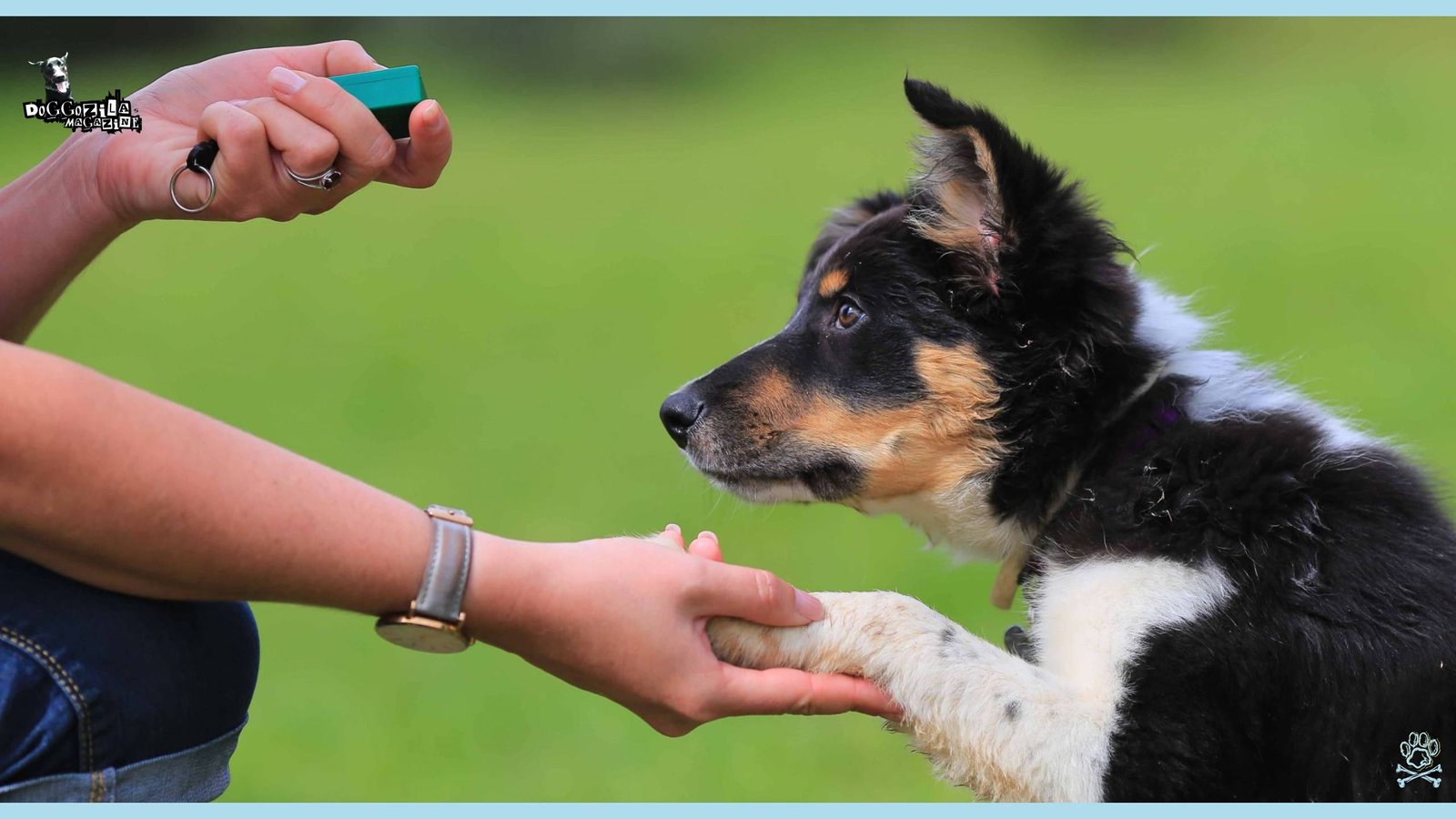
YOUR CLICKER TRAINING FOR DOGS LEGACY: BUILDING AN UNBREAKABLE BOND THROUGH COMMUNICATION
Stepping into the world of clicker training for dogs isn’t just about teaching commands, it’s about forging a profound connection built on mutual understanding, respect, and shared joy. You’re not dictating, you’re collaborating. Every click is a crystal-clear conversation: “Yes! That! Exactly what I wanted!” This clarity eliminates frustration and builds incredible trust. You become your dog’s trusted guide, and they become your eager, thinking partner. The confidence you see blossom in your dog, especially if they were shy or reactive, is immeasurable.
Watching your dog actively problem-solve, offer behaviors, and light up when they hear that “click” is one of the most rewarding experiences of sharing your life with a canine companion. It’s a journey of discovery you take together, mapping out a language all your own.
Beyond the Basics: How Clicker Training for Dogs Enriches Every Aspect of Life Together
The ripple effects of clicker training for dogs extend far beyond formal sessions:
- Vet Visits & Grooming: Teach cooperative care! Click and treat for calmly stepping on the scale, accepting handling of paws/ears, or standing still for brushing. Makes stressful experiences smoother.
- Canine Sports & Activities: Whether it’s agility, nosework, dock diving, or rally, clicker training for dogs is the gold standard for teaching precise skills and building drive and focus.
- Multi-Dog Households: Manage dynamics by teaching individual cues, rewarding calm interactions, and training dogs separately to build focus on you.
- Senior Dogs & Special Needs: Keep aging minds sharp and help dogs with physical limitations learn new ways to interact using shaping and capturing.
- Everyday Manners: Reinforce polite leash walking, calm car rides, waiting at doors, and ignoring dropped food as are all marked clearly with the clicker. It seamlessly integrates into your daily routine, making life more harmonious and fun.
Advanced Clicker Training for Dogs: Tricks, Chaining, and Solving “Naughty” Behaviors
Got the basics down? Let’s get creative!
Teach “spin” by luring your dog in a circle with a treat, than click midway, then at completion. Soon, add a hand signal.
Next, chain commands: “sit” → “down” → “roll over.” Click after each step, then only at the end. This builds focus and impulse control. But here’s the kicker: clicker training for dogs also fixes “problems.”
Jumping? Click when all four paws are on the floor.
Chewing shoes? Redirect to a toy—CLICK when they bite it.
Our favorite “fix“: using clicks to build confidence in shy dogs. One of our readers had a very anxious Golden Retriever, but with tailored training strategy and using the clicker the pup learned to approach strangers via gradual clicks for bravery. Now he’s a cafe-hopping socialite!
🔑 Key Points: Options range from classic box clickers (best for beginners) to softer-click versions for sound-sensitive dogs. Avoid relying on phone apps unless volume and accessibility are consistent.

THE TRAILHEAD IS HERE: GRAB YOUR CLICKER AND START YOUR ADVENTURE TODAY
So, there you have it, fellow dog adventurers! Your comprehensive map to the incredible world of clicker training for dogs. It’s not a rigid rulebook, but an invitation to explore, communicate, and build an extraordinary partnership with your best furry friend. Remember, perfection isn’t the goal, it is progress, connection, and shared fun as sign of mutual growth. Embrace the messy middle, celebrate the tiny wins (that first intentional sit! that moment of focus amidst distraction!), and laugh together through the learning curves.
Don’t wait for the “perfect” time – grab that clicker, some tasty treats, and start your first charging session right now. Witness the spark of understanding ignite in your dog’s eyes. That moment, that connection… that’s the real magic. The trail is waiting. Go click some brilliance into your world!
Tracking Long-Term Progress With Video Logs And Online Puppy Training Communities
Recording your training sessions on video lets you review marker timing, treat delivery, and body language—critical details often missed in the moment. Share short clips with online puppy training communities or private Facebook groups led by certified dog behaviorists to gain constructive feedback.
Fellow members might spot subtle timing drift that’s hindering crisp sits or pinpoint when your click-to-treat delay hits the sweet spot. Over months, you’ll amass a digital portfolio of your dog’s milestones, from wobbling first steps in heel position to fluid distance recalls in a busy park. This documentation not only fuels your motivation but also provides invaluable data when troubleshooting stubborn plateaus.
Related Article:
Focus Dog Training
Celebrating Your Dog’s Journey from Basic Sit to Complex Rally Obedience with Marker Mastery
With each mastered cue, you can weave marker training into advanced sequences like rally obedience courses, scent discrimination tasks, or freestyle dance routines. Rally signs prompt dogs to perform sits, downs, spins, and recalls in rapid succession, that’s why clicker training for dogs ensures each movement earns its moment in the spotlight.
As you progress, you’ll notice your dog’s growing capacity for anticipation and independent decision-making, hallmarks of marker-driven learning. From that first sit to flawless heel work in competition rings, you share triumphs both big and small. And through every click, you celebrate the trust, clarity, and unshakable bond you’ve built together.
Whether you’re a first-time owner or a seasoned trainer, clicker training for dogs offers an adaptable, innovative path to lifelong learning and joyful partnership. Embrace the click, follow the treats, and watch your canine companion flourish in ways you never imagined.
🔑 Key Points: The click must always be followed by a reward your dog loves—think meat, cheese, or special training treats. Kibble often isn’t motivating enough. Rotate treats to keep interest high.
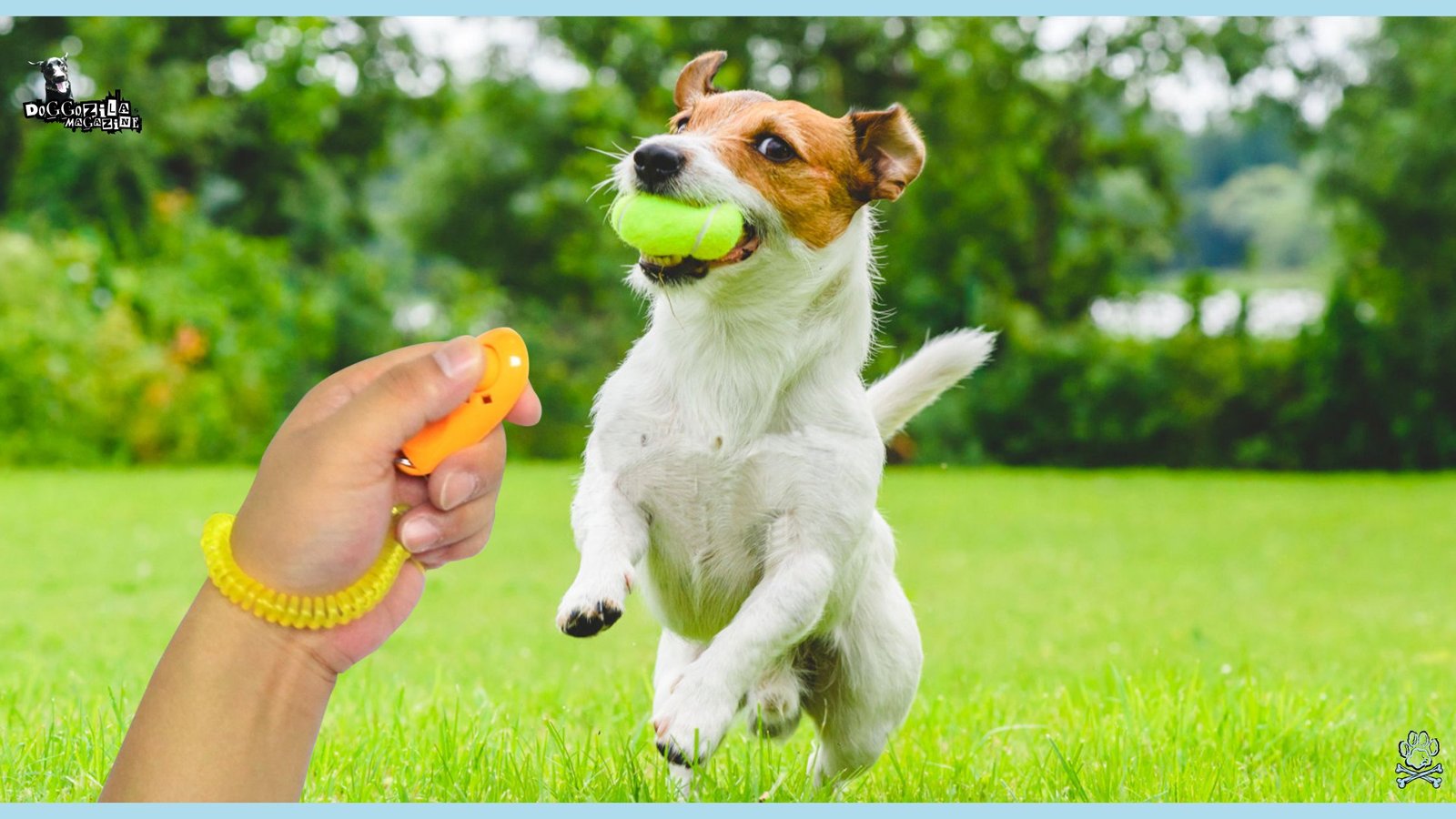
YOUR JOURNEY BEGINS NOW: BECOME THE TRAINER YOUR DOG BELIEVES YOU ARE
Look, we get it, new techniques feel daunting, but clicker training for dogs isn’t just effective, it’s a love language. You’re not commanding as you’re co-creating. Every click whispers, “I see you, and you’re amazing.”
Start in a quiet room, keep sessions short (2–5 minutes), and ensure treats are ready. Gradually add distractions later. A calm setting helps your dog focus on the click-treat connection. So embrace the messy middle, celebrate tiny wins (like that first voluntary sit!), and remember: you’re not teaching tricks. You’re teaching confidence, communication, and joy. Now go click some magic into your world—one brilliant behavior at a time!
Pro Power-Ups: Keeping Training Fresh When Focus Fades
Hit a wall? Reignite the spark!
Rotate high-value treats: salmon flakes, hot dog bits, freeze-dried liver.
Swap food for play: a 15-second fetch session post-click lights up retrievers. Keep sessions under 5 minutes—always end while they’re begging for “one more!”
Distractions winning?
Scale back. Practice “heel” in a quiet hallway before tackling the busy sidewalk. If you’re frustrated, stop. Dogs mirror our energy. One reader’s Poodle refused “down” until they tried on a fluffy rug as it turns out, tile floors felt weird on her elbows! Stay flexible and fun.
Adventure Training: Taking Your Clicker Skills Wild
Ready to level up? Practice everywhere!
At the park, click for spontaneous check-ins (“eye contact = jackpot!“). In a pet store, reward calm near barking dogs.
Start small: click for ignoring a fluttering leaf, then build to bigger tests. One example is the trained dog Bolt to ignore deer using gradual exposure and “mega-clicks” (three rapid clicks + a whole chicken strip!). This real-world clicker training for dogs builds unshakeable focus.
Pro move: clip your clicker to your treat bag with a carabiner. Wear him everywhere you want to go, such as kayaking, mountain hiking, and even maybe some fun mudslide (true story!).
Final Thoughts: Why Clicker Training for Dogs Is a Game-Changer for Pet Owners
Clicker training for dogs is more than a technique, it’s a philosophy. It encourages kindness, clarity, and collaboration. By learning how to use the click effectively, you’ll unlock your dog’s potential and deepen your bond in ways that last a lifetime. Whether you’re teaching basic obedience or advanced tricks, the clicker is your secret weapon. So grab your treats, charge your clicker, and let the adventure begin!
Share your clicker training triumphs, questions, or hilarious “oops” moments with us and our other readers!

Let’s build a community of confident clickers and happy hounds!
🐾

